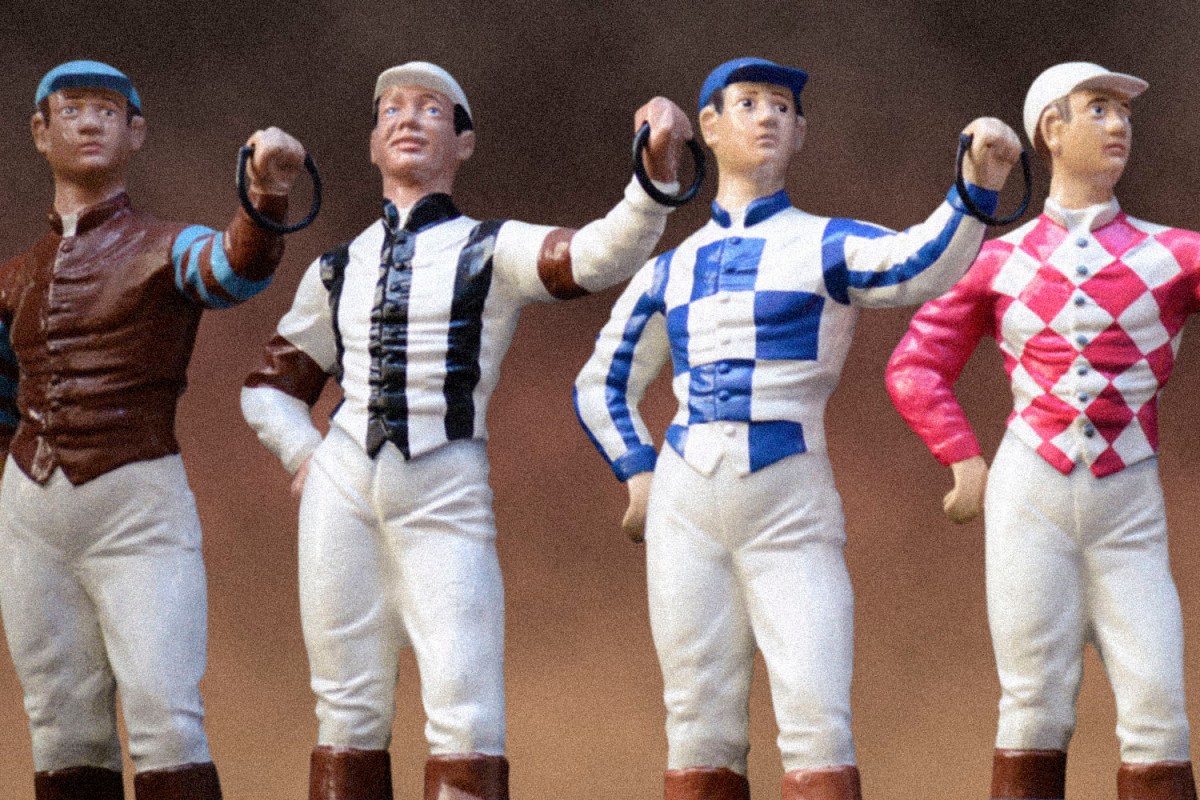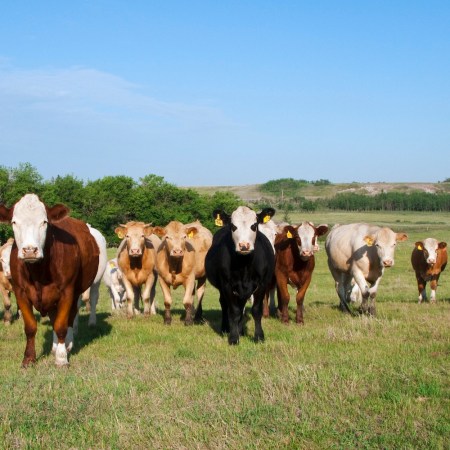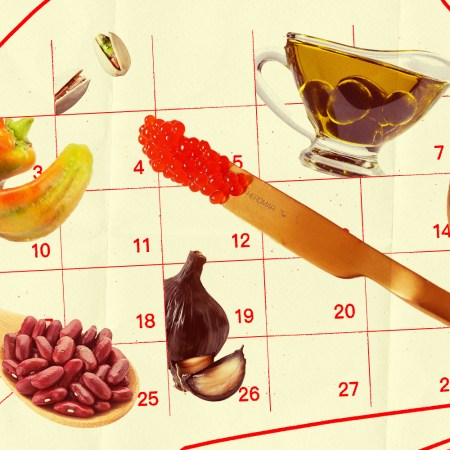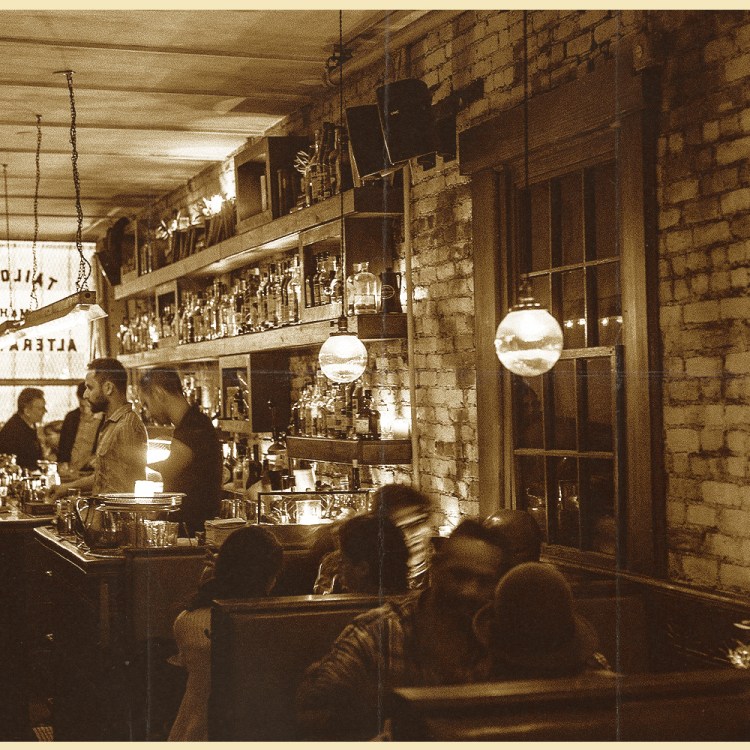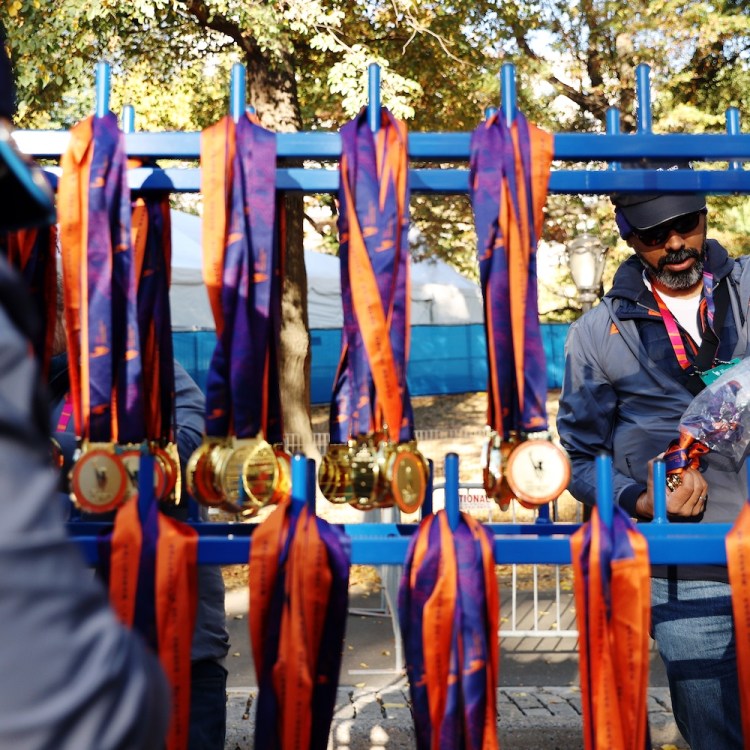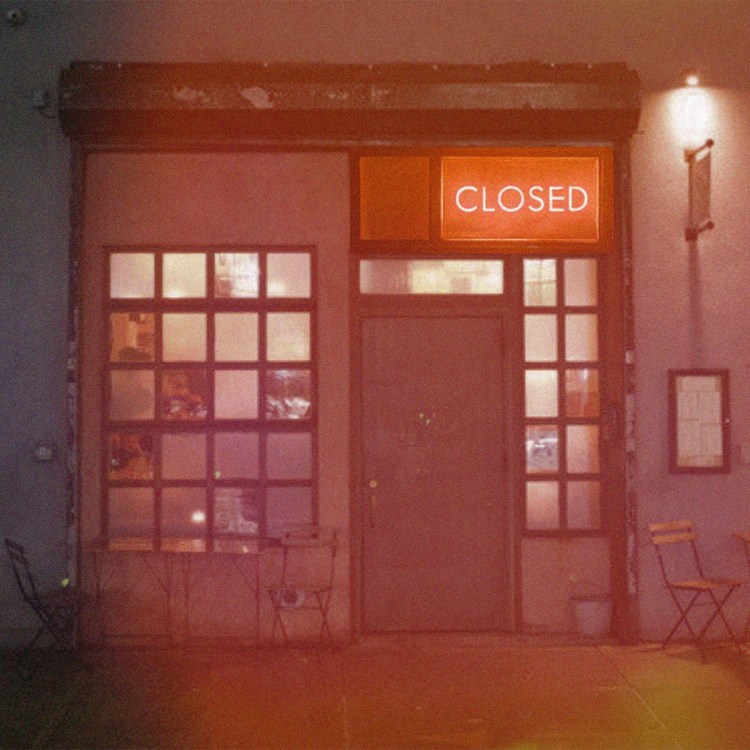
After captivating a well-clad audience at the opera with his tenor voice until it was time for the fat lady to sing and the curtain to fall, Luciano Pavarotti exits stage left and climbs into a car that whisks him to a midtown Manhattan restaurant for an after-midnight snack.
Entering the glass doors under the un-watchful eyes of the 35 ornamental iron jockeys flanking the entrance, Pavarotti, still wearing his costume and covered in makeup from the evening’s performance, makes his way to a dimly lit table topped in white linen that offers him some privacy and a chance to relax — with his 15 to 20 guests. He wants to go where everybody knows his name, but nobody uses it to bother him.
The place is 21 Club on West 52nd Street, and scenes like this were a regular occurrence when Michael Lomonaco was cooking there as the executive chef in the late ‘80s and early ‘90s while helping to restore the Prohibition-era establishment to its past glory — to bring it back from being “past its prime,” as New York mag restaurant critic Gael Greene claimed a decade earlier. In the era of the power lunch, 21 Club became one of the hottest spots in the city, alongside other icons like the Four Seasons, where deals were made and new masters of the universe were christened.

Lomonaco, now the owner and executive chef of Porter House and Hudson Yards Grill, can still recall what Pavarotti would usually request once he arrived at the restaurant after the opera.
“He always came late. It was a party around him,” Lomonaco tells InsideHook. “He would arrive at 12:30 at night and it would be, ‘No, not eating too much. No no, too late. But a little pasta, a little smoked salmon, maybe some shrimp and can you make a little veal for me? And what do we have for dessert? Gelato? That’s it. So small meal.’ I’m not kidding. That was one meal.”
According to Lomonaco, who took over at 21 Club in earnest in 1989 after first coming aboard in ’87, it wasn’t uncommon for chefs at the restaurant to provide on-demand meals for VIPs.
“There were people who were so special that you’d try to give them whatever it is that they would like,” he says. “If you had it on hand, you could cook it. It means having it in your repertoire, right? Chefs, by and large, are able to do other dishes that they may not do on a regular basis in their restaurant, but they’re able to do on command. It’s part of the service of what the industry is.”
During his time at 21, Lomonaco cooked for presidents and former presidents, top executives in entertainment and finance and luminaries from the music world, including Old Blues Eyes himself.
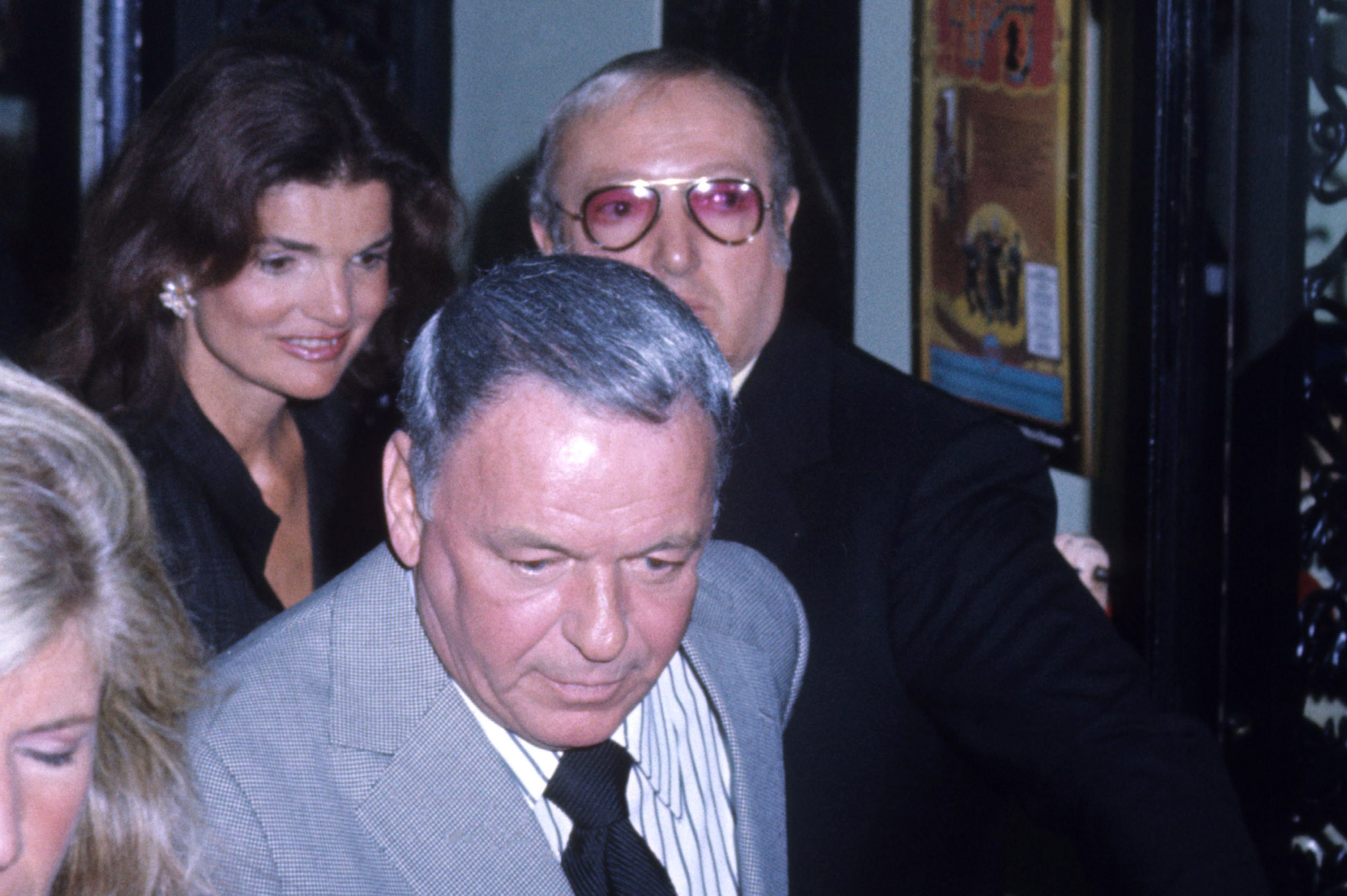
When Frank Sinatra came in to eat, he liked his table set with cottage cheese and hot bell peppers to easily pop in his mouth as hors d’oeuvres.
“It was always exciting when Frank Sinatra came in,” Lomonaco says. “Mr. Sinatra was very particular about being a very simple eater. He was a small man. He wasn’t big. So he ate very small portions. Sometimes it was a small steak. A normal guest would get a New York strip steak that would be 12 or 14 ounces. His had to be eight ounces, a small steak. Or, he would have a veal Milanese. We’d take a veal chop, take it off the bone and bang it out nice and thin then bread it with Milanese breading. He would like it. These simple things, with a Jack Daniel’s, were a Frank Sinatra dinner.”
In addition to coming to 21 Club — the setting for Gordon Gekko and Bud Fox’s power lunch in 1987’s Wall Street — for Lomonaco’s food, repeat celebrity guests like Pavarotti and Sinatra patronized the restaurant because they were able to have privacy in a public space despite the eatery’s filled dining rooms.
“People didn’t bother them for autographs,” Lomonaco says. “That ability to shield famous people within a public space and give them their privacy makes a place special. It’s what we do at Porter House. We have a lot of high-profile guests. We manage the room and the tables so they’re able to have their privacy in public.”
The prospect of a celebrity sighting created buzz and drew in business, but a few tweaks Lomonaco made to the restaurant’s recently redesigned menu were also vital in helping 21 Club get its groove back after some of its regulars had begun to dine elsewhere.
In addition to putting the chicken hash (chicken cooked in a cream sauce) that had been taken off the menu in 1987 back on the restaurant’s tables in 1989, Lomonaco reinvented the 21 Club’s signature burger.
“They always had burger on their menu, but it was not the burger we think of today as a great burger,” he says. “They had two patties of beef, cooked in a saute pan and ladled over with a brown sauce. That’s how they served their burgers back in the ’70s. In ’89, I really took it to the level I thought it should be, which was appropriate for a fine dining restaurant. We did a great 10-ounce burger on a grill from the same USDA prime beef we ground every day for steak tartare. It was all about great ingredients, simply prepared, precisely cooked.”
Although 21’s standard burger came with lettuce, tomato, cheese, bacon, French fries and any other traditional accompaniment a guest might request, it did not come with a bun unless one was asked for.
“I didn’t put it on a bun in those days,” Lomonaco says. “A knife-and-fork burger is very elegant. It sort of sets the mood and lets you know you’re eating in a dining room. Now I know they serve it on a bun, which makes sense. We’re living in the age of burgers. It seems very ordinary now, but modern American chefs, people who thought about their reputation and what they were doing, were not doing burgers at that time. You didn’t go to a high-end restaurant and expect to get a burger. But the burger was a great dish for us, and it was something I was passionate about doing.”
The redesigned burger was also a great vehicle for showcasing 21 Club’s wine list, according to Lomonaco.
“A great burger marries well with incredible wine,” he says. “They’re famous for their wine cellar. People would often order a burger in my day and have an outrageous California cabernet or an unbelievable burgundy with it. It really is being unpretentious about food when you’re able to make that combination.”
Though Lomonaco left 21 Club in 1996 to pursue other opportunities, he looks back fondly on his time there three decades ago and is proud of what he did to assist in revitalizing a classic American establishment. The Manhattan power lunch might be a thing of the past, but 21 Club remains.
“It had always been a New York restaurant with customers from entertainment, business, politics and finance and it had that vibe in the ’90s when I was there,” he says. “The loyalists returned because they had left. They didn’t like the over modernization of 1987 and 1988. We brought back the classics they loved and we gave them contemporary American food that their grandchildren loved. It became a buzzy place again. It retained its popularity and it grew and it became a popular contemporary restaurant with roots. The ’90s were a really good time for 21. We were able to reinvent ourselves for a new era and I’m very proud of that. It was a big part of my life for a long time.”
Every Thursday, our resident experts see to it that you’re up to date on the latest from the world of drinks. Trend reports, bottle reviews, cocktail recipes and more. Sign up for THE SPILL now.
